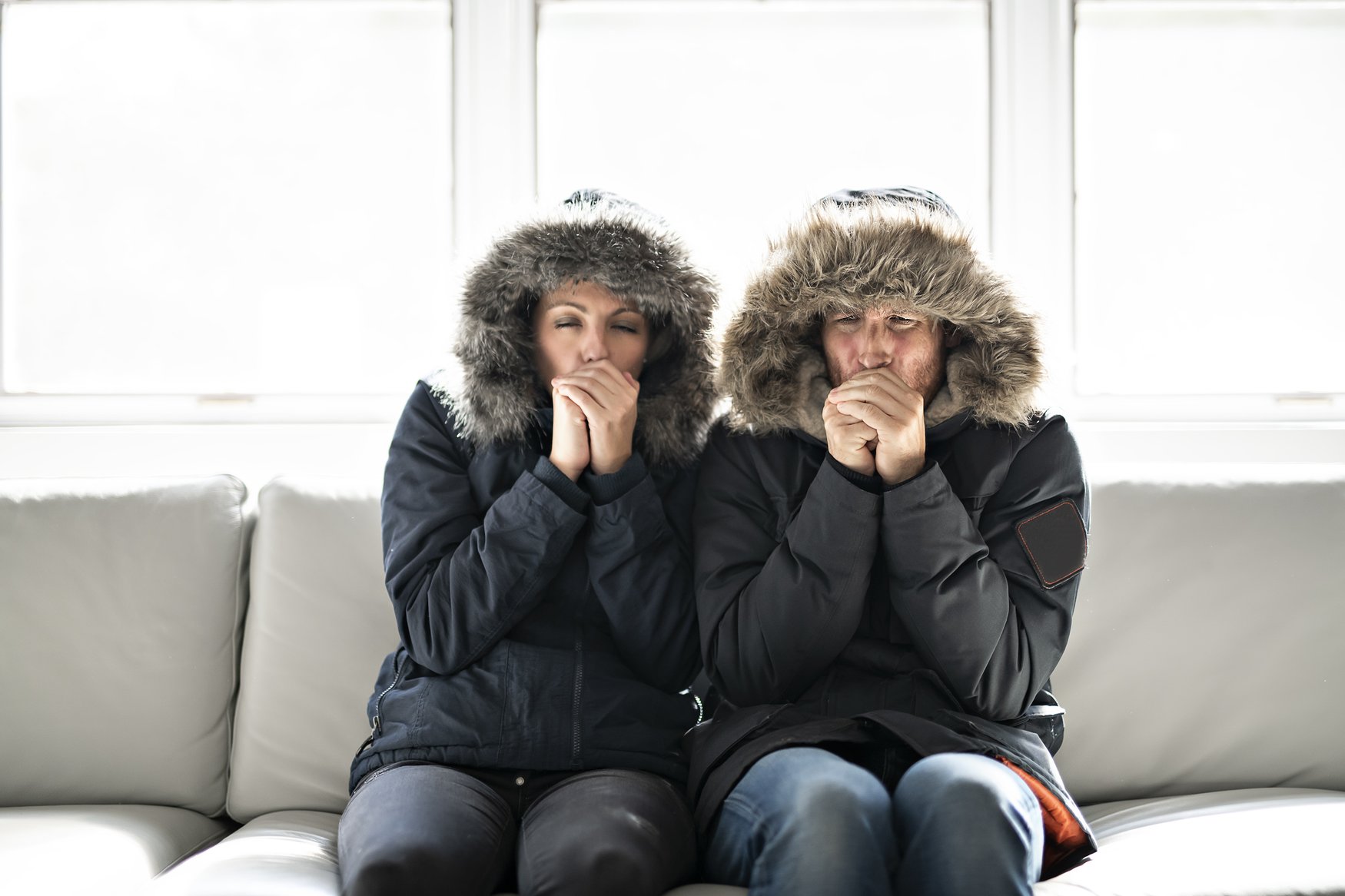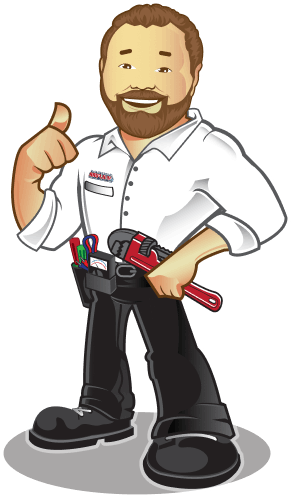Winter Survival Tips: Heating Edition

Without properly preparing your home, it will be an energy guzzler as you crank up the heat to combat drafts and cold spots. It’s time to batten down the hatches, and you might be surprised by how much you can save on your utility bill this season.
If you’re ready to save money and stay warm this winter, get geared up for the ultimate winter survival guide. Some of these money-saving strategies don’t cost a dime and can be used daily to increase your savings, while others are simple and inexpensive and can boost your energy efficiency all year.
So get those boots on the ground and start prepping your house for winter.
Use the Sun’s Heat
Have you ever woken up early to watch the sunrise? It’s chilly and dark, and as the sun peeps through the clouds, the earth begins to warm. The rays reach your face and you feel the immediate heat. This same concept works for warming your home.
Take advantage of the daylight by opening curtains and blinds in the home where the sun is facing. This will help heat the rooms naturally with sunlight.
It’s a simple resource that can actually adjust the room’s temperature drastically. Close each blind as the sun goes down to provide as much insulation against the cold as possible.
Insulate Drafty Windows
Depending on the age of your home, your windows could be letting in quite a bit of unwanted outside air and letting out heat. Unfortunately, this is pretty common in most homes. Weatherizing them is simple.
If your windows are very old, start by sealing obvious cracks with caulk. All windows should be covered with a heavy-duty, clear plastic sheet taped to the inside of the window frame. You can use painter’s tape to secure it, and plastic can be found at your local hardware store.
If you don’t prefer the look of taped-up windows, purchase some heavy drapes or shades to cover the windows. They’ll double as protection from drafts while allowing you to maintain the aesthetic of your home.
Use a Programmable Thermostat
Is your home one of the many where touching the thermostat is forbidden unless instructed? You’re not alone, and as we all know, this rule is there because cranking the thermostat up or down can wreak havoc on your energy bill.
Adjusting temperatures for savings is simple; when you’re home and awake, set the thermostat as low as you’re comfortable with. When you’re asleep or away from the house, turn it back 10° to 15°, and you could save around 10% on your bill annually.
Using a programmable thermostat can make these adjustments simple to set up. Once they’re programmed, you’ll never have to worry about it.
Seal Leaks
Go about covering cracks and air spaces around your home with caulk or weather stripping. You can seal gaps around chimneys and recessed lighting, and also check through unfinished spaces in the house.
For bigger gaps under doors, lay a towel down at the doorway to keep warm air from seeping out. Also check your cupboards and closets and note any air leaks you feel. These are often overlooked and can be big culprits in the war against air leaks.
If you’re not sure if you’ve assessed all the leaks, you can have an HVAC technician help you detect them.
Maintain Your Heating System
One of the most fool-proof ways of lowering your energy bill and securing a warm home in winter is by making sure your heating system is working properly. Annual maintenance is imperative to a well-functioning system, not only for winter weather but for protection all year.
Maintenance can prevent your system from a premature breakdown. Over time, dust and debris settle in the system, making it work twice as hard to produce results.
When the system’s been tuned up, you save money. Consider getting a service maintenance plan with a trusted HVAC company to ensure your HVAC system is cared for year-round.
Change Your HVAC Filters
This is such a quick, simple fix for heating efficiency in the winter. Your HVAC filters should be changed every one to three months.
Many homeowners rely on their thermostat to show them that their filter is due to be changed, but by the time the thermostat is alerting you, your filter has been dirty for too long.
Changing your filters regularly will improve the efficiency of your heater and extend its life. A happy heating system means a lower bill, not to mention a warmer home!
To make it simple, many services send you filters when you need them so you don’t even have to think about it.
Clear Obstructions
Unrestricted airflow is critical to efficient heat pump operation. Whether overflow junk from the garage, bikes, or just heavy shrubs, your outdoor heat pump needs room to breathe. It can’t pull in and pump air if it can’t reach it.
Avoid stacking anything against the heat pump or draping items over it. If you notice dust or dirt buildup, or even snow as it gets colder, clear things out as best you can, and leave the cleaning of the inside components to a professional.
Have Gas or Oil Connections Checked
To really prepare for winter, you need to be prepared for some of the dangers that come with it. Faulty gas or oil connections are a fire hazard and can contribute to severe health issues. Gas pressure, burner combustion, and the heat exchanger should be checked.
Carbon monoxide poisoning risks also rise in the winter. A dirty or cracked heat exchanger causes improper burner operation, which can lead to dangerous carbon monoxide emissions. A professional HVAC technician can check for all these things safely.













